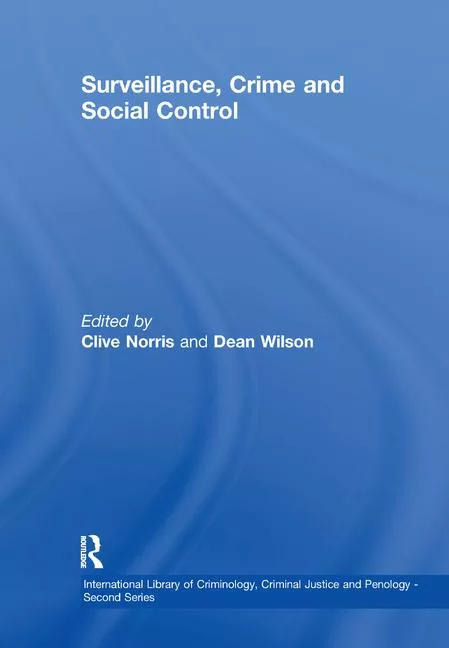Rethinking your corporate response plans for social unrest

After two years marked by global social unrest, there should be no expectation that 2021 will play out much differently. A combination of factors are likely to keep the world on this path in the near term. Hyper-local issues from tax policy to food prices will persist while governments are starved for revenue and broadly unable to meet the challenge. Likewise, political matters from government legitimacy to the ability and desire to respond to the existential threat of climate change will provide no shortage of issues for interest groups to focus on. These matters, coupled with the social pressures and varied regulations stemming from the global COVID-19 pandemic, indicate that conditions for unrest will continue into 2021 and beyond. As such, to maintain operational continuity and resiliency, now is the time for security leaders and enterprises to establish or rethink their corporate response plans for the heightened possibility of social unrest for years to come.
The following are five concrete steps that companies should take to prepare for social unrest wherever it may occur:
- Identify best- and worst-case scenarios and monitor against them: Each organization must make do with finite resources; it simply is not possible to be well prepared on all fronts for every eventuality. Organizations that routinely consider different scenarios tend to use risk assessments to drive scenario planning. When relying upon both internal and external sources of data, consider mapping risks against key assets and operations in order to drive the prioritization and focus of resources where they are potentially needed the most.
- Establish sets of indicators to monitor sensitivities in the localities where you do business: To best understand the potential threat that social unrest could pose to your people and operations, companies can implement common criteria for assessing potential threats in an ongoing manner. This does not mean that organizations must attempt to predict future events, but rather that they position themselves appropriately so that when those events transpire they are in a good position to quickly identify them and effectively implement measures to mitigate their impact. This is not a one-off endeavor and it does not work in a vacuum; whatever indicators are employed must be tracked, measured and benchmarked to ensure relevance over time. Finally, consider the importance that employees have in this paradigm. Companies cannot approach monitoring solely as a means to inform employees of what is happening for their own safety; employees must also have a method of reporting what they see, hear and feel to round out the organization’s awareness.
- Develop a strategy for communications: Along with indicators for monitoring potential unrest, a strategy must exist for communicating to different entities through different methods at different times in a coordinated manner. While special consideration should be given to the use of emergency alert/mass communications tools (see below), concentrating solely on their importance is done at an organization’s peril. Myriad other technologies must be considered as part of a well-coordinated approach to ensure that diverse stakeholders are receiving the appropriate messages at the right time; email, messaging and project management technologies can all be effective. A well-rounded strategy for communications must also include analog solutions to reinforce messaging that may otherwise be consigned to the dustbins of our inboxes; public address systems, call trees and filtered messaging through management all have roles to play. Likewise, none of these solutions are effective without a prior concerted effort to communicate with employees and educate them on their use (see #5).
- Test your tools: Companies often focus on the rollout of new technologies to demonstrate how much easier life can be by using them; however, much less time and corporate buy-in is put toward the decidedly unsexy effort to maintain these technologies and ensure they can be effectively applied in a time of need. Emergency alert and mass notification tools are some of the most powerful yet underused technologies that any company may employ; their purpose is to account for the safety of employees, yet they are typically only used for crises that do not arise often. Using these tools is a two-way street: testing them regularly familiarizes those responsible for deploying the technology with how to use it and what to expect from it while also helping employees understand the utility and build muscle memory for when they will be called upon to let others know they are okay. Not knowing when, how or where unrest may break out means it is crucial that all employees know how to use this technology and buy into the process of making it useful over time (e.g., by ensuring that contact information is up to date).
- Guide and train staff: Readiness is a measure of preparation, which depends on an employee population that understands what your organization is trying to achieve. Planning for social unrest requires considering awareness campaigns and training to reinforce an organization’s overarching approach to crisis management. This means that, in times of potential social unrest, it behooves organizations to remind staff about relevant policies surrounding the code of conduct, social media and company equipment in order to underscore behavioral concerns. These policies will guide conduct during a crisis. Similarly, there must be a tie-in with resources that are available to staff with questions or concerns (e.g., intranet) or those who could use more hands-on support (e.g., employee assistance programs). Finally, employees should be trained on what types of issues to escalate (see #1 and #2), who to escalate important information to (see #3) and how this two-way communication will work in a crisis (see #4).
Social unrest is not new but even organizations that have considered themselves prepared in the past should consider reassessing their approaches today for potential challenges ahead. We should anticipate that additional issues and hardships will arise, making it a risk that must be proactively managed. As we continue down this path for the foreseeable future, organizations must be prepared with an adequate corporate response plan.
From using risk assessments to drive scenario planning and developing a communications strategy to guiding and training your workforce, organizations will need a plan in place that is structured but flexible in approach. In order to successfully navigate a way forward, security leaders will need to embrace a long-term view and a mindset that acknowledges social unrest as a “new normal” so that we can plan accordingly.
Looking for a reprint of this article?
From high-res PDFs to custom plaques, order your copy today!







